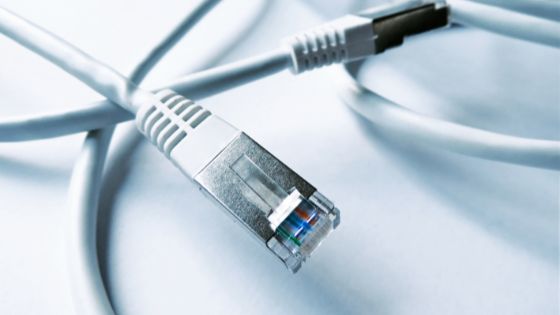Ethernet cables come in a variety of types and grades, including Variable Speed, Crossover, Cat 5, Cat 5e, Cat 6, Cat 6a, and Cat 7. These cables are often provided free of charge for equipment that uses an Ethernet connection in any form.
Ethernet cables are usually purchased, and you rarely need to understand what is inside or above the conductor, but it can be very interesting. However, knowing the different types of Ethernet cables and their maximum usage length is beneficial.


Cat 5, Cat 5e, Cat 6, Cat 6a, and Cat 7 network cables all have various performance degrees. Therefore you should buy or choose the proper cable for the job.
These network connections connect a wide range of network ports, including Ethernet switches and routers, servers, and other network elements.
In fact, all types of Ethernet cables are very important and interesting because they form the backbone of almost any local area network, regardless of the network structure used.
What is a CAT 7 cable?
The Gigabit Ethernet cable infrastructure uses Category 7 (CAT 7) cable with a performance of up to 600MHz. In short, it is recommended to use CAT7 cables to connect your smart home.
You can use CAT 7 to have a reliable smart home that is up and running all the time. Buy cat 7 ethernet cable, it has a higher anti-interference rating than CAT 5 cable. Why? Double shields for each pair are included in CAT 7.
Basics of Ethernet cable
Ethernet cables for connection in most home and office LANs rely on twisted pair cables throughout the cable.
Twist the wires together to balance the current. One wire moves current in one direction, while the other wire in the pair causes current to flow in the other direction, enabling the entire field around the twisted pair to cancel.
Because each twisted pair in a data network cable has a distinct number of twists per unit of length, the number of twists per unit of length varies. The modifiers are based on prime numbers, so the two threads will not be adjusted. This reduces crosstalk within the cable.
Ethernet cables are available in various lengths as jumper wires. Alternatively, the cable itself can be integrated into a system, building, etc. These network cables come in different lengths. Long Ethernet cables are available, some up to 75 meters.
The old network cable was not shielded, but the latest network cable was shielded to improve performance. For example, UTP unshielded twisted pair cable is sufficient for short-range wiring between a computer and a router. In contrast, foil-shielded FTP cable is suitable for long-distance wiring or when the cable passes through areas of high electrical noise.
Ethernet cable with flat connector
An Ethernet cable can be protected using a variety of approaches. The most popular method is to cover each twisted pair with a shield. This shields the wire from the outside while also reducing interference between the internal twisted pairs.
Manufacturers can further improve performance by placing shields directly under the cable sheath around all cable strands.
Whether it is Cat 5, Cat 5e, Cat 6, Cat 6e, or Cat 7, another difference in Ethernet cables is the use of single wires or twisted wires in the cables. Single conductor cables use a single piece of copper as a conductor in each wire of the cable, while twisted cables use a series of copper wires twisted together.
























